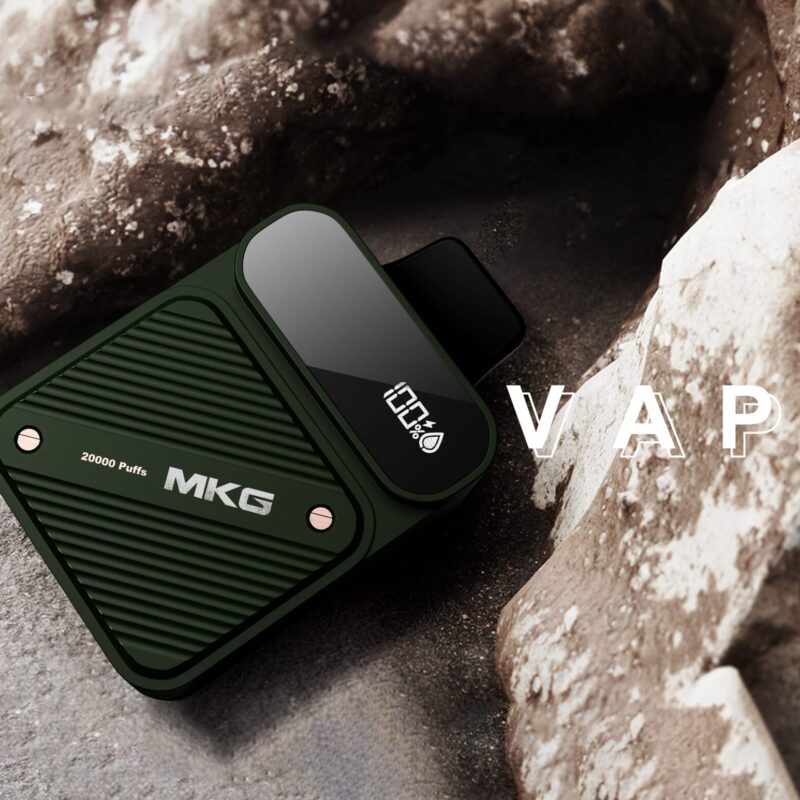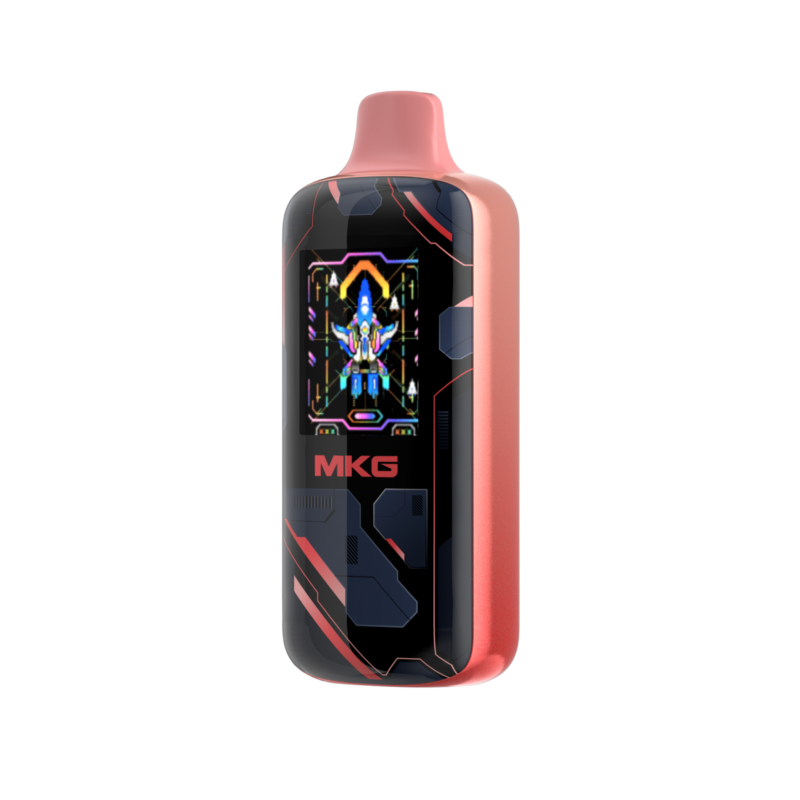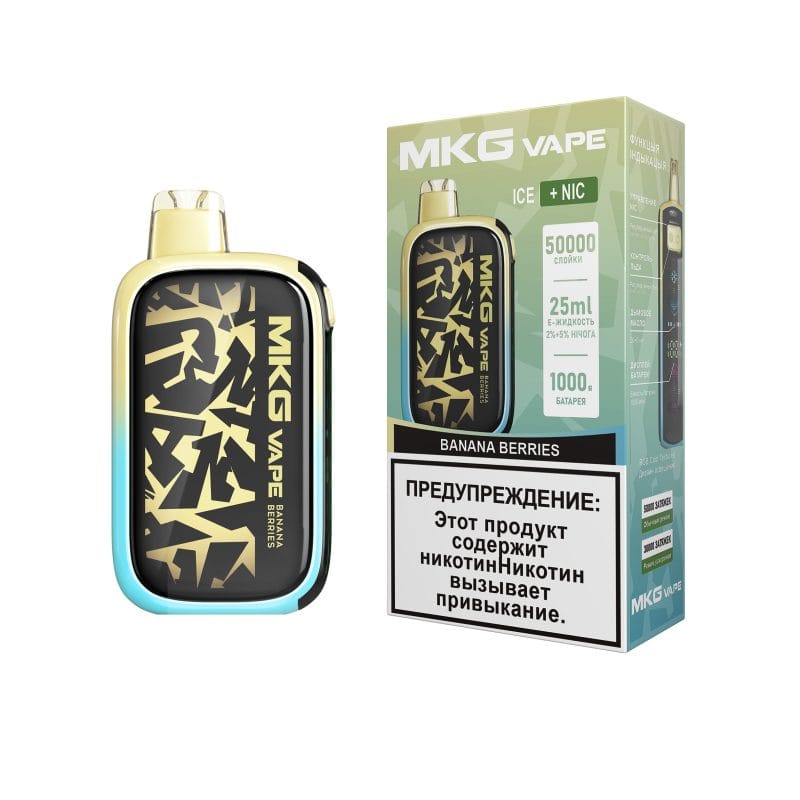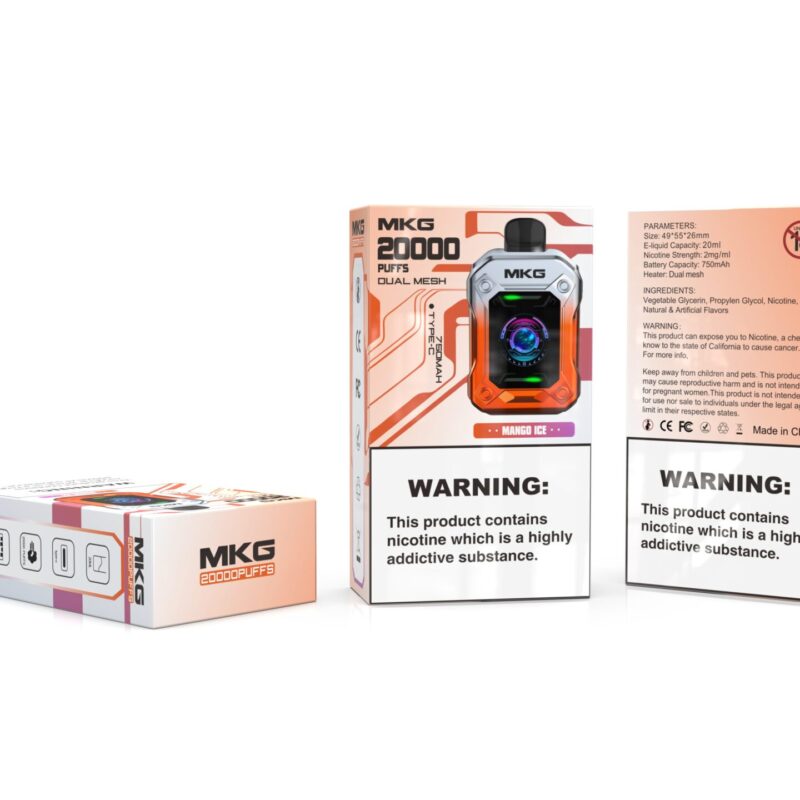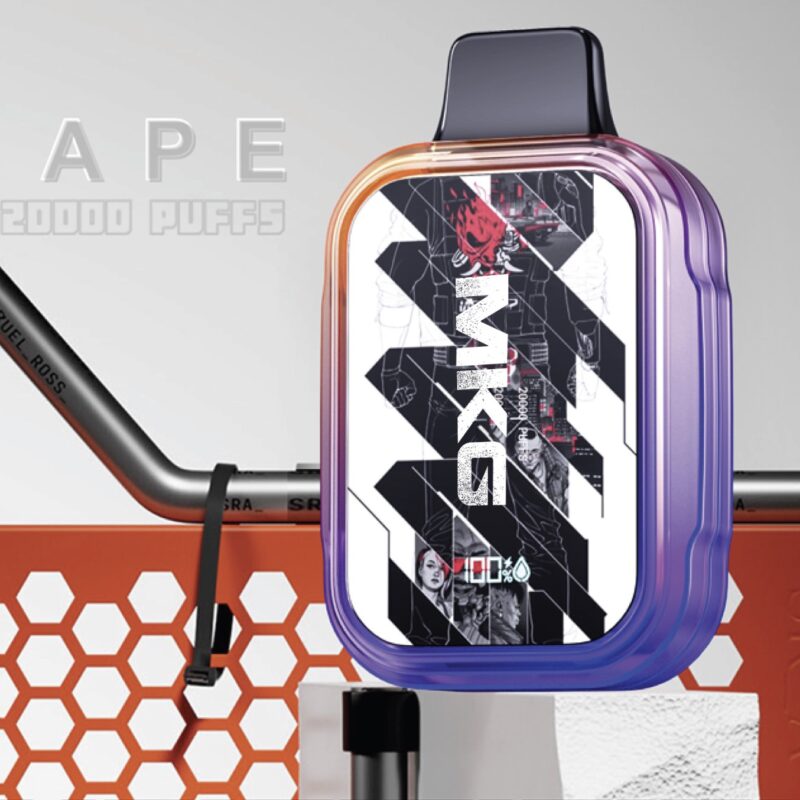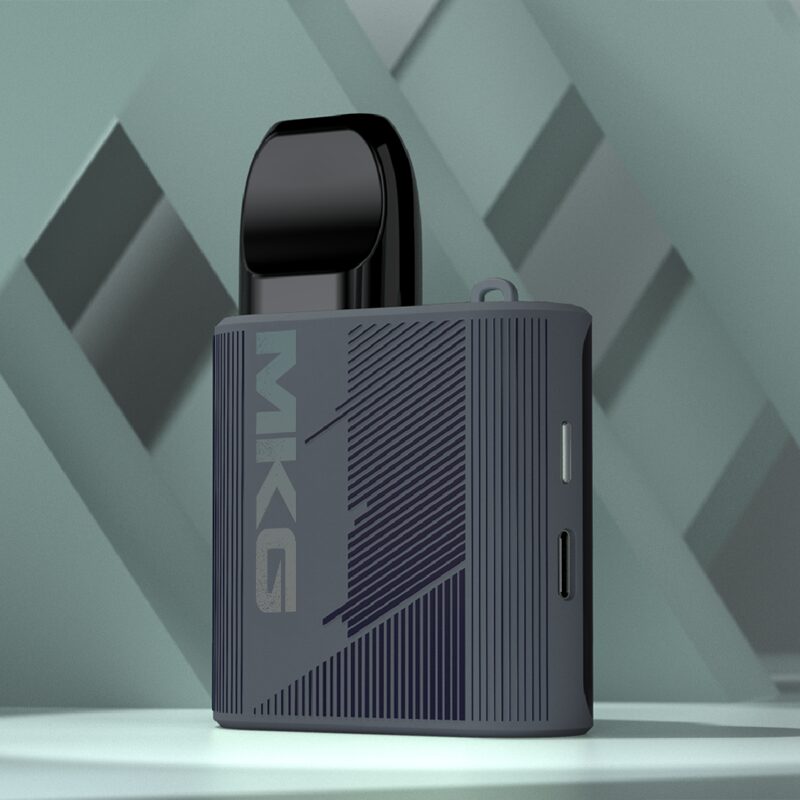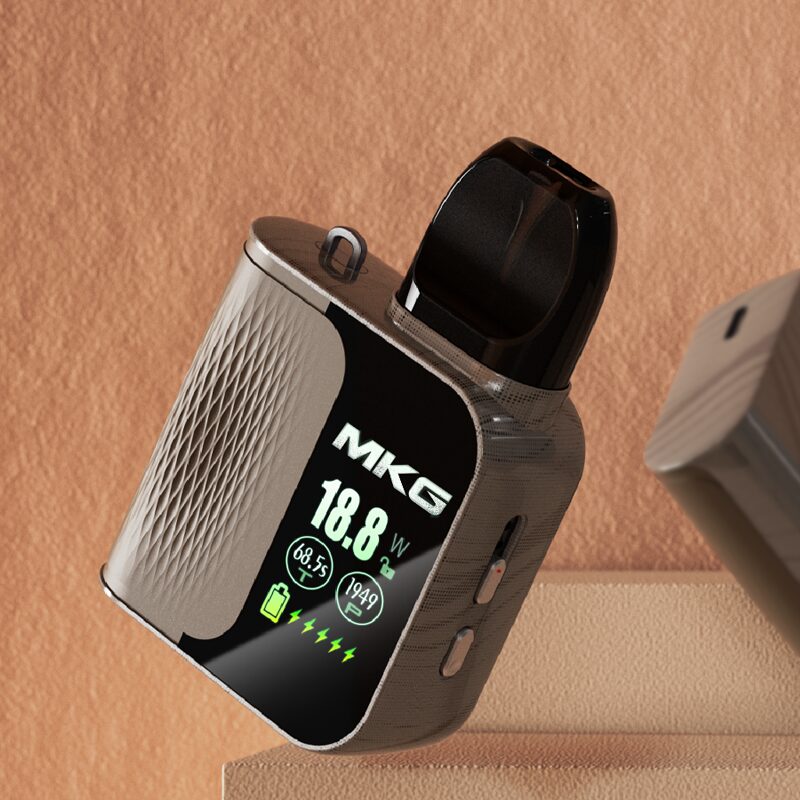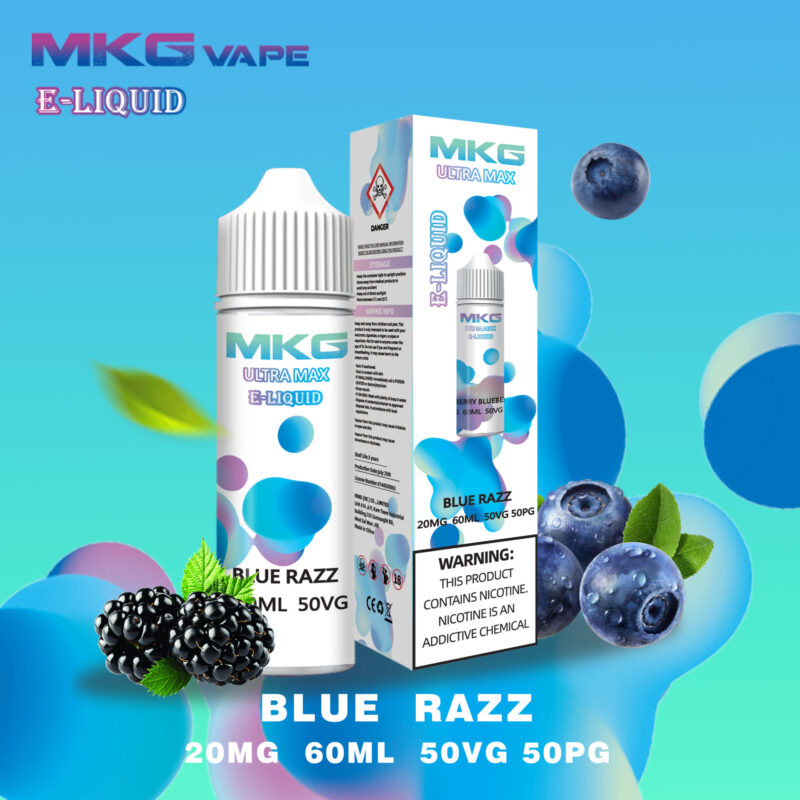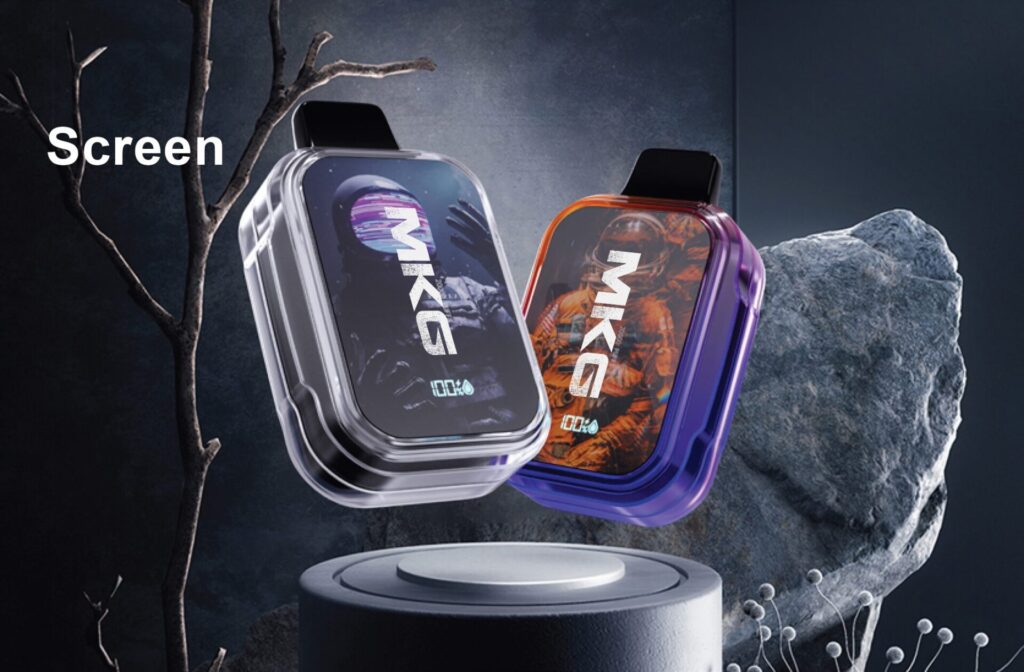In the first two articles of this series, we analyzed what the US FDA import alert is (see the US FDA import alert and removal application guidelines for e-cigarette companies (1) for details) and the response principles. The reasons for Chinese e-cigarette companies to be included in the import alert are adulteration (for flavored e-cigarettes without marketing authorization) and labeling errors, while the conditions for removal from the import alert are other than to provide at least five consecutive non-violating commercial shipment records. In addition, evidence should also be provided to convince the FDA that the violations have been corrected and will not occur again in the future. This requires e-cigarette companies to form a professional team, actively communicate with the FDA to understand the specific reasons, and initiate corporate compliance in a timely manner. (For details, please refer to the U.S. FDA Import Alert and Removal Application Guidelines for E-cigarette Enterprises (2))
This article will introduce the key points of corporate compliance for Chinese e-cigarette companies under U.S. law.
1. To remove import alerts with false accusations, it is necessary to prove that the accusations are false.
In the import alert issued to Chinese companies, the reason given by the FDA is that they believe that the company may not have a marketing license for the tobacco products listed in the import alert. From a practical perspective, it is understood that PMTA may not have been submitted. The original text is “this firm may be importing/manufacturing/shipping a new tobacco product without marketing authorization.” The use of “May be” cannot indicate whether the product has really not submitted a PMTA, and the FDA has not provided specific evidence, resulting in companies not knowing whether the product is the product they produce or transport. In addition, based on our team’s research, the lack of marketing authorization pointed out by the FDA is only a superficial reason. The real purpose is to force out the import of tobacco products that attract teenagers.
Therefore, a company can help it be removed from the import alert list by proving that the FDA’s accusations are false. Specific methods include: (1) confirming with the FDA whether the products included in the import alert are actually products produced or shipped by the company; (2) ) Provide evidence to the FDA that PMTA has been submitted; (3) Prove that the appearance of the products it transports does not have the characteristics to attract teenagers and complies with other e-cigarette regulatory laws and regulations. If the final product is considered to attract teenagers or violates regulations, subsequent distribution should be blamed The behavior of the merchant or retailer has nothing to do with the importer.
Applications for removal of import alerts need to be submitted by email. Although it is sent by email, it should be treated very seriously and carefully in accordance with serious judicial procedures. Inexperienced companies should seek professional help. If it can be successfully proven to the FDA that the allegation based on “may be” is false, in this case, the time required for removal will be relatively short, but the FDA has not given a specific time commitment.
2. Remove import alerts where the accusations are true and initiate compliance
FDA’s requirements for import alert removal applications include that the company has taken steps to correct the violations and that the FDA is confident that future shipments will comply with regulations. If the FDA’s reason for placing the company on the import alert is true, if the e-cigarette company can prove that it has initiated the establishment of a corporate compliance system, it will be beneficial to its application to remove the import alert.
The “Evaluation of Corporate Compliance Programs” released by the U.S. Department of Justice in March 2023 pointed out that corporate compliance systems should not only be well designed, but also be implemented conscientiously and honestly, with the purpose of effective implementation and in practice. To operate effectively, specifically, it should include the following elements:
1. Risk assessment
Compliance systems should be designed to detect and prevent the misconduct that is most likely to occur within the scope of the business and the complex regulatory environment. Businesses should analyze and address the various risks posed by: the location in which they operate, industry sectors, market competitiveness, regulatory environment, potential customers and business partners, transactions with foreign governments, payments to foreign officials, gifts, travel and entertainment expenses, and charitable and political donations.
A well-designed compliance system should conduct risk-based due diligence on third-party relationships. While the need and extent of appropriate due diligence may vary depending on the size and nature of the business, the transaction and the third party, a business should be assessed on how well it understands the qualifications and connections of its third-party partners.
2. Policies and procedures
Any well-designed compliance system requires policies and procedures that give content and effect to ethics and are designed to reduce the risks identified by the business during its risk assessment process. Companies should develop a code of conduct that includes a commitment to fully comply with relevant laws that apply to all employees; companies should develop policies and procedures to integrate a compliance culture into daily operations.
3. Training and communication
Businesses should take appropriate steps to ensure that policies and procedures are embedded in the business culture, including through regular training and certification of all directors, senior managers, relevant employees, and agents and business partners. Businesses can provide employees with practical advice or case studies to solve real-life problems; or, if needed, provide specific situations and guidance on how to obtain ethical advice. Organizations can also offer shorter, more focused training sessions to enable employees to identify and raise issues with compliance, internal audit or other risk management functions in a timely manner.
4. Confidential reporting structure and investigation procedures
A well-designed compliance system should have an effective and credible reporting mechanism through which employees can anonymously or confidentially report suspected or actual misconduct that violates the corporate code of conduct or corporate policies. The company’s procedures for handling such complaint investigations should include referral of complaints to appropriate personnel, prompt completion of thorough investigations, and appropriate follow-up and sanctions.
5. Input from senior and middle managers
A business’s top leaders, such as the board of directors and executives, should set the tone for the rest of the business. Senior management should clearly articulate the company’s ethical standards, communicate and disseminate these standards in clear and unambiguous terms, and lead by example the strict observance of these standards. Middle managers should reinforce these standards and encourage employees to adhere to them.
6. Autonomy and Resources
Personnel responsible for day-to-day oversight of the compliance program should have sufficient authority and status to act. Enterprises should address the adequacy of compliance personnel and resources, specifically whether the personnel responsible for compliance have: (1) sufficient qualifications; (2) sufficient resources, that is, personnel to effectively conduct the necessary audits, document preparation and Analysis; (3) Obtain sufficient autonomy from management, such as direct access to the board of directors.
7. Remuneration structure and consequence management
The design and implementation of compensation plans play an important role in fostering a culture of compliance. Companies can design compensation systems to incentivize compliance. For example, companies can enter into contract terms with employees that allow the company to withdraw previously awarded awards if the recipient of the award is found to have engaged in wrongdoing or is otherwise responsible for wrongdoing. In addition, companies should have clear consequence management procedures, enforce them consistently, and ensure that procedures match violations. Businesses should communicate to employees that inappropriate behavior will not be tolerated and will have serious consequences, regardless of the position or title of the employee who engages in inappropriate behavior.
8. Continuous improvement, phased testing and review
The effectiveness of a compliance system is demonstrated by its ability to improve and develop it. The actual implementation of a compliance system in practice will inevitably reveal areas of risk and potential need for adjustment. A company’s business changes over time, as does the environment in which it operates, the nature of its customers, the laws that govern its conduct and applicable industry standards. Businesses should make meaningful efforts to review their compliance systems and ensure they are not outdated. Businesses can conduct employee surveys to measure compliance culture, assess the strength of controls, or perform periodic audits to ensure controls are functioning well. The nature and frequency of assessments can depend on the size and complexity of the business.
9. Investigation of misconduct
Another sign of an effective compliance system is the existence of well-functioning and adequately funded mechanisms to promptly and thoroughly investigate allegations or suspicions of wrongdoing by the business, its employees or agents. For example, an enterprise’s management policies for personal electronic devices, communication platforms, and communication applications should be adjusted based on the enterprise’s risk profile and specific business needs, and ensure to the greatest extent that the enterprise can access and save business-related electronic data and communication information.
10. Analysis and remediation of potential misconduct
Organizations should conduct in-depth root cause analysis of misconduct (e.g., number and levels of corporate employees involved, severity, duration, and frequency of misconduct) and timely and appropriate remediation (e.g., for violators identified under previous compliance systems) disciplinary sanctions, revising corporate compliance systems based on experience and lessons learned), and then solving the underlying problems.
In summary, the above-mentioned compliance requirements of the U.S. Department of Justice are complex and strict, and it is almost impossible for Chinese companies to achieve comprehensive and in-depth compliance in a short period of time. E-cigarette companies can start compliance from the most urgent areas, such as compliance with dealers. , Compliance with FDA Import Alert Charges. In terms of cases of responding to US sanctions and completing compliance plans, Shenzhen has ZTE and OFILM for reference, among which OFILM’s low-cost removal plan is more suitable for private enterprises.
3. E-cigarette companies with strong brands should implement compliance plans for dealers to reduce the risk of FDA penalties and civil compensation risks
On July 10, 2023, New York City filed a lawsuit against four e-cigarette dealers, mainly because their behavior of distributing and selling disposable flavored e-cigarettes in New York City seriously affected the health of teenagers. The lawsuit involves the products of a number of Chinese Shenzhen e-cigarette companies, and once again sounds the alarm on the compliance requirements for Chinese e-cigarette products exported to the United States. Once the court determines that the product is non-compliant, there will be risks such as FDA enforcement and consumer claims. will increase. (For details, see “U.S. dealers were prosecuted for illegal sales. How should Chinese e-cigarette companies respond?”)
Under the influence of this e-cigarette lawsuit, Chinese e-cigarette companies should be more cautious about future import transactions with U.S. dealers. Strong brands can already implement compliance plans for dealers to reduce the risk of FDA penalties and civil compensation risks. . Specific key measures include:
1. Put forward restrictions and divide responsibilities in the contract. For example, it is agreed in a contract with a U.S. distributor that the importer’s e-cigarette products cannot be distributed or sold in places that have restrictions on the sale of e-cigarettes, or that the U.S. dealer cannot violate U.S. e-cigarette regulations when distributing or selling them. According to laws and regulations, the dealer shall bear the consequences of any violation of laws and regulations.
2. Invest manpower to verify and punish dealers for violations. It can be seen from the “Enterprise Compliance System Assessment” of the U.S. Department of Justice that the United States attaches great importance to the effectiveness of compliance requirements rather than paper compliance. Therefore, necessary manpower is invested to verify whether the dealer’s behavior complies with the agreement. Punishments such as warnings and fines when the agreement is not met can be the main basis for determining whether an e-cigarette company is sincere and effectively implements the agreement on paper.
3. Keep evidence. The Anglo-American legal system emphasizes evidence, so when e-cigarette companies implement the above compliance content, they should retain sufficient objective evidence, such as emails, bank statements, communication records, pictures, etc.
4. Other related measures.
Although the compliance plan is complex and expensive and time-consuming, it can start simple and gradually expand, focusing on practical results. Among Chinese companies, OFILM’s low-cost and successful response to U.S. sanctions is worth learning from e-cigarette companies.
4. Non-compliance of companies punished by FDA triggers Article 14 of the Export Guidelines
The State Tobacco Monopoly Administration issued the “Guidelines on Promoting the Construction of a Quality Assurance System for Exported E-cigarette Products” (hereinafter referred to as the “Export Guidelines”) on July 20, 2023. Article 14 stipulates that exported e-cigarette products must be exported due to If quality and safety issues are notified by international organizations or overseas government agencies, the enterprise shall immediately report to the local Tobacco Monopoly Bureau, and the relevant enterprises shall accept the verification and handling organized by the Tobacco Monopoly Bureau in accordance with the law. If e-cigarette companies were still hesitant about whether they needed to be compliant before, the introduction of the “Export Guidelines” requires all e-cigarette companies to be compliant and comply with all domestic and overseas rules.
Previously, the State Tobacco Monopoly Administration issued the “Notice on Carrying out the Renewal of Tobacco Monopoly Manufacturing Enterprise Licenses for E-cigarette-related Manufacturing Enterprises” on June 9, 2023 [National Tobacco Monopoly Administration [2023] No. 79] (hereinafter referred to as ” Notice No. 79″), which sets out specific requirements for renewal applications for renewal, change, and re-application of e-cigarette production licenses. In this license rotation work, the operating status of e-cigarette companies, product quality and safety assurance, the Tobacco Monopoly Bureau’s daily supervision of e-cigarette companies and related inspection results will all affect the determination of the license validity period. This is Notice No. 79 which imposes requirements on the compliance operations of e-cigarette companies.
According to Article 14 of the Export Guidelines and Notice No. 79, we believe that if companies penalized by the FDA do not implement compliance plans as soon as possible, their license extensions may be affected. Nowadays, regulatory regulations for e-cigarette companies in various countries are generally becoming stricter. In the rapidly developing e-cigarette industry, compliance construction is undoubtedly a necessary measure for e-cigarette companies to cope with domestic and foreign supervision and reduce their own risks.
5. Conclusion
Import alerts are based on “may be” or compliance removal. Although the length of time varies and the success or failure is uncertain, they all point out the risks of e-cigarette companies, including both economic risks and administrative penalty risks. Among them, FDA import alerts and warning letters It has the greatest impact, and removal requires both professional help and corporate determination. OFILM’s compliance experience in dealing with US sanctions is worth learning from.


